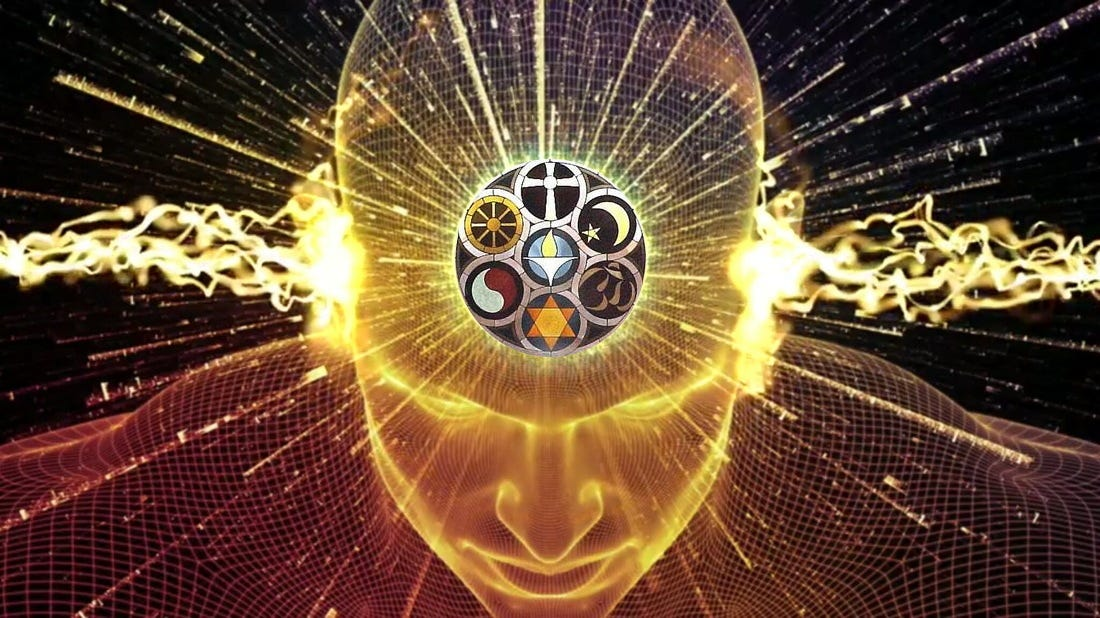zoomacademia.com – The Zodiac Killer is one of the most infamous and mysterious serial killers in American history, whose identity has never been definitively confirmed. Operating in the San Francisco Bay Area during the late 1960s and early 1970s, the Zodiac’s crimes, cryptic messages, and taunting letters to the media and law enforcement have captivated both the public and investigators for decades.
Early Murders and the Rise of the Zodiac
The Zodiac’s first known murders took place in 1968, when two teenagers, Betty Lou Jensen and David Faraday, were shot and killed on December 20, near Vallejo, California. Though the case initially seemed like an isolated crime, it wasn’t long before another brutal killing took place just months later, on July 4, 1969. Darlene Ferrin and Michael Mageau were attacked in a secluded area near Blue Rock Springs Park, also in Vallejo. While Ferrin died at the scene, Mageau survived, providing a description of the suspect that would later become a key element in the case.
It was soon after this second attack that the Zodiac Killer first made his public appearance, sending a series of taunting letters to local newspapers. The letters included cryptic symbols and ciphers, one of which contained a message claiming the murders were part of a larger, unreported killing spree. These letters often included direct threats and promises of more violence, as well as cryptic clues, suggesting the killer wanted to engage with the public in a twisted game of cat-and-mouse.
The Infamous Ciphers
Perhaps the most perplexing aspect of the Zodiac case is his complex and elusive ciphers. The killer sent a series of codes to the press, daring them to be cracked, and stating that he would not reveal his identity until the ciphers were solved. The first of these was known as the “Z408” cipher, which was sent to the San Francisco Chronicle in July 1969. It took a team of amateur codebreakers, including a schoolteacher and his wife, to crack the cipher in 1970, revealing a message that suggested the killer was fantasizing about a world where people were enslaved to him.
However, other ciphers sent by the Zodiac, particularly the “Z340” cipher, which was delivered in 1969 and took decades to decipher, remain shrouded in mystery. The Z340 cipher was finally cracked in December 2020, after 51 years, revealing a cryptic message that gave little insight into the killer’s identity but continued to taunt authorities.
The Killer’s Letters and Taunts
The Zodiac’s letters were an essential element of his modus operandi. These communications were not just about bragging; they often included intricate details of the murders, which only the killer could have known. The Zodiac’s messages appeared in several newspapers, where he demanded they be printed in full, sometimes with detailed instructions on how to solve his ciphers.
In one particularly infamous letter, the Zodiac wrote, “I like killing people because it is so much fun… I get a living thrill from killing people.” His chilling remarks fueled a sense of terror in the public and further heightened the enigma surrounding his identity. The Zodiac would continue sending letters throughout the 1970s, even as his killing spree seemed to fade. Despite this, he sent one of his last letters to the San Francisco Chronicle in 1974, signing off with his familiar symbol—a cross inside a circle—before disappearing from the public eye entirely.
Suspects and Investigations
The search for the Zodiac Killer involved extensive investigations, but no arrest was ever made. Over the years, law enforcement has pursued numerous suspects, but none have been conclusively linked to the crimes.
One of the earliest suspects was Arthur Leigh Allen, a convicted child molester who was known to have been in the area of the murders and had a history of violent behavior. However, despite years of investigation and significant public interest, no definitive evidence ever tied him to the killings, and he died in 1992 without being formally charged.
Other suspects have included individuals like Richard Gaikowski, a journalist with ties to the Bay Area, and even more obscure candidates such as the notorious serial killer Ted Kaczynski, known as the Unabomber. However, DNA testing, fingerprint analysis, and other forensic techniques have failed to conclusively link any of these individuals to the Zodiac crimes.
In recent years, the use of genetic genealogy has sparked renewed interest in the case, especially following the breakthrough in the case of the Golden State Killer, whose identity was uncovered through DNA analysis. Despite significant advances in forensic technology, as of 2024, the Zodiac Killer’s identity remains one of the most tantalizing unsolved mysteries in criminal history.
Cultural Impact and Lasting Legacy
The Zodiac Killer’s ability to evade capture, combined with his cryptic messages, created a sense of obsession that has endured for more than 50 years. Films, books, documentaries, and podcasts have kept the case alive in popular culture. Perhaps most notably, David Fincher’s 2007 film Zodiac captured the fear and fascination surrounding the case, focusing on the investigation and the psychological toll it took on those involved.
The Zodiac Killer’s legacy is also a testament to the ways in which unsolved crimes can affect a community. The case has had a lasting impact on law enforcement protocols, including the development of more sophisticated forensic techniques, and has inspired a generation of true crime enthusiasts. However, the question remains: who was the Zodiac Killer? Will we ever know? Until then, the enigma of his identity continues to haunt both the public and investigators alike.
Conclusion
The Zodiac Killer remains a figure of intrigue and terror, his identity one of the greatest mysteries in American criminal history. His brutal murders, chilling letters, and cryptic ciphers have left an indelible mark on the cultural imagination, and the search for answers continues. Whether or not the killer will ever be identified is uncertain, but the case will undoubtedly remain one of the most puzzling and disturbing chapters in the annals of American crime.







